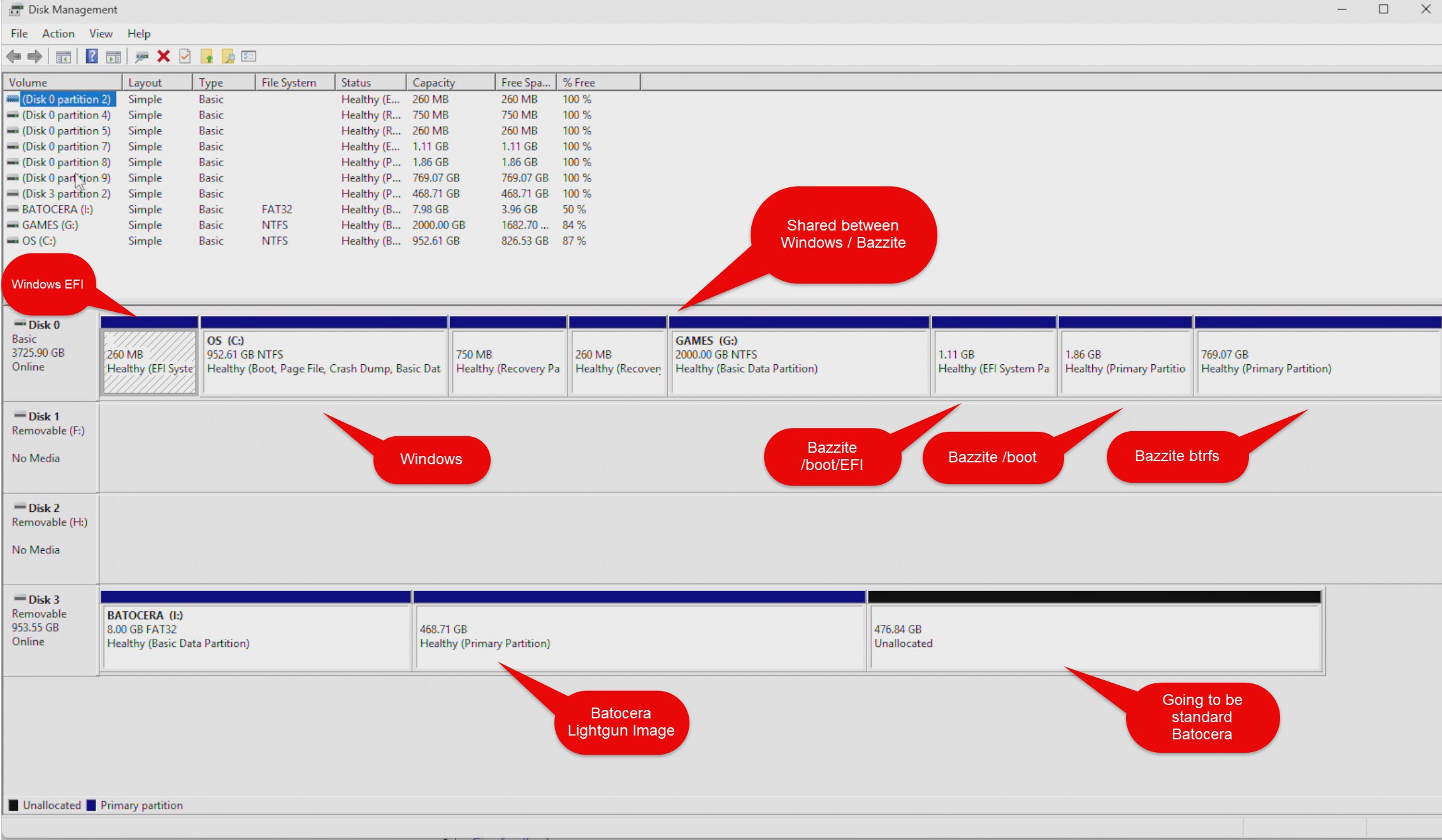BeardSpike
Gold Member
If anyone can figure out what's needed in Mesa for Raytracing to be on par with Windows, it's AMD.That would be sick, given the rasterization performance with AMD drivers on Linux is closer to or even exceeds Windows in games, which is the opposite of Nvidia. Ray-tracing performance is the last major thing, especially with how people have already gotten FSR4 to run on older cards.
People speculate Valve may be involved behind scene with their unannounced new hardware which could push AMD to patch the drivers if it will be Raytraced capabale device. Even if that's not true it's nice they are throwing in an extra muscle.
Can't wait till or if that will bear any fruit.
That's the only thing I want from Linux, that and hopefully better HDR capability in GNOME. Since I much prefer that DE compared to KDE but I know KDE has better HDR Support right now.
GNOME 49 just dropped on CachyOS but I haven't have had the time to check how is HDR working in there.
Last edited:

